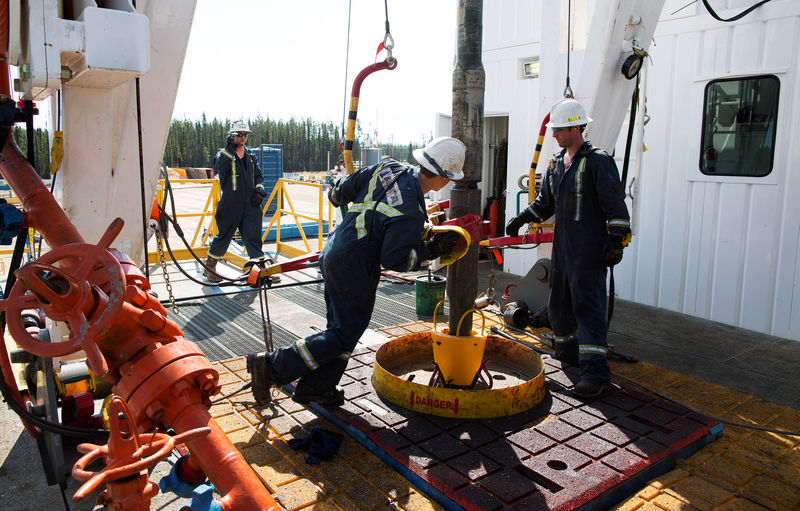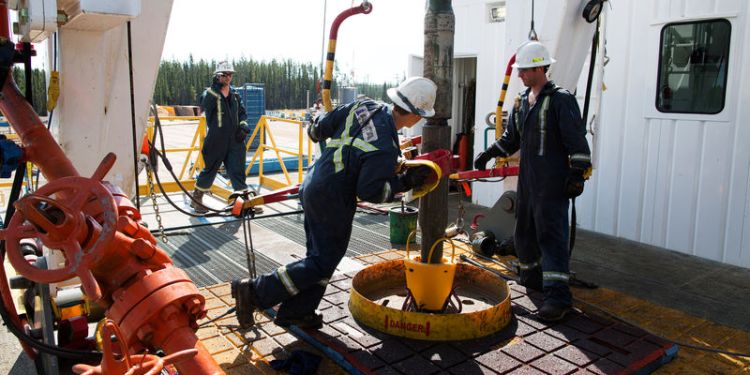
© Reuters.
CL
+3.03%
Add to/Remove from Watchlist
Add to Watchlist
Add Position
Position added successfully to:
Please name your holdings portfolio
Type:
BUY
SELL
Date:
Amount:
Price
Point Value:
Leverage:
1:1
1:10
1:25
1:50
1:100
1:200
1:400
1:500
1:1000
Commission:
Create New Watchlist
Create
Create a new holdings portfolio
Add
Create
+ Add another position
Close
USD/JPY
-0.13%
Add to/Remove from Watchlist
Add to Watchlist
Add Position
Position added successfully to:
Please name your holdings portfolio
Type:
BUY
SELL
Date:
Amount:
Price
Point Value:
Leverage:
1:1
1:10
1:25
1:50
1:100
1:200
1:400
1:500
1:1000
Commission:
Create New Watchlist
Create
Create a new holdings portfolio
Add
Create
+ Add another position
Close
USD/BRL
0.00%
Add to/Remove from Watchlist
Add to Watchlist
Add Position
Position added successfully to:
Please name your holdings portfolio
Type:
BUY
SELL
Date:
Amount:
Price
Point Value:
Leverage:
1:1
1:10
1:25
1:50
1:100
1:200
1:400
1:500
1:1000
Commission:
Create New Watchlist
Create
Create a new holdings portfolio
Add
Create
+ Add another position
Close
Investing.com — Oil prices climbed sharply Monday as the escalating violence in the Middle East raised concerns about the security of future crude supply.
By 04:45 ET (08.45 GMT), the U.S. crude futures traded 3.1% higher at $85.33 a barrel, while the Brent contract climbed 2.8% to $86.92 a barrel.
Regional conflict escalation could hit supply
The Israeli-Palestinian conflict escalated to full-blown war over the weekend, as members of the Islamist group Hamas attacked several Israeli towns, killing hundreds of Israelis and triggering a wave of retaliatory Israeli air strikes on Gaza that have also resulted in many deaths.
While the current scope of the conflict has no direct impact on global oil supply, prices are rising because of worries that neighboring countries will be dragged in.
The Wall Street Journal reported that Iranian security officials helped Hamas plan its attack on Israel in a series of meetings over months, something denied by Iran’s mission to the United Nations on Sunday.
Washington has taken a softer stance to the Iranian oil embargo over the course of the year, attempting to smooth relations with Iran as part of an attempt to find a regional peace deal and amid concerns over rising oil prices.
However, a tighter enforcement of sanctions is a possible response if a link to Tehran is established.
“Enforcing these sanctions more strictly would mean the potential loss of at least 500Mbbls/d,” analysts at ING said, in a note. “If this loss materializes, the surplus we currently forecast in 1Q24 would largely disappear, leaving the market roughly in balance early next year. For the remainder of 2024, we would see deeper deficits, particularly over 2H24. Under this scenario, there would be some upside risk to our current Brent forecast of US$90/bbl for next year.”
The worry then is that Iran responds by disrupting oil shipping in the Strait of Hormuz, potentially impacting around a fifth of the world’s supplies.
Growth, interest rate worries hit crude last week
This news occurred after oil prices posted their steepest weekly losses since March, with Brent posting a decline of about 11% and WTI recorded an over 8% drop, on worries that persistently high interest rates will slow global growth and hammer fuel demand.
Evidence of that slowing global growth emerged Monday, as German industrial production fell 0.2% on the month in August.
Although this represents an improvement from the revised 0.6% drop the previous month, this is the fourth consecutive month this sector has retreated in the eurozone’s most important economy, stoking recession fears.
Attention this week is likely to be on the release of U.S. consumer prices, especially after Friday’s blockbuster jobs report.
Hot inflation figures could reinforce the Fed’s message that interest rates need to remain higher for longer.
Source: Investing.com




























